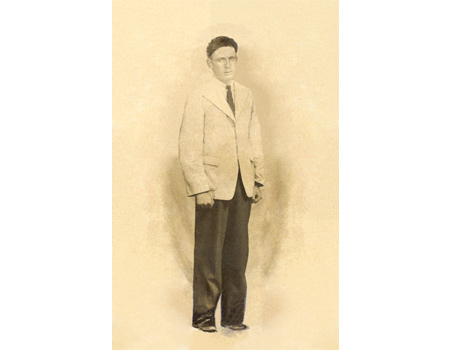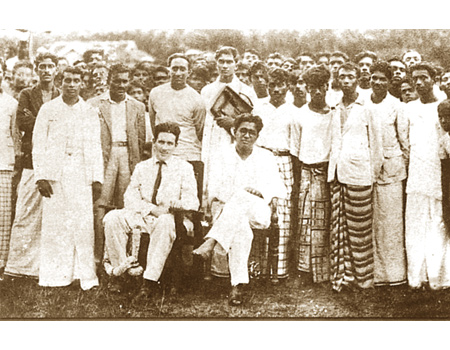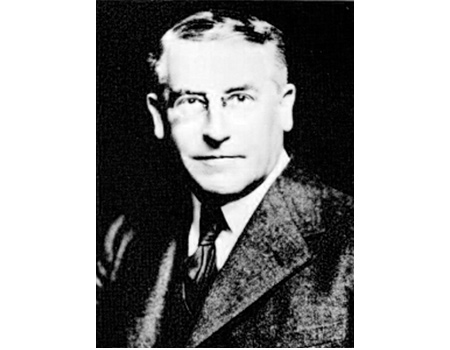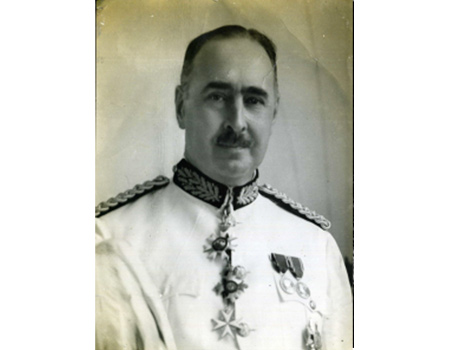
Please Share your Email if you Wish to Receive the Golden Tips & Tales Newsletter from History of Ceylon Tea Website
The Bracegirdle Incident is the true story of how an Australian communist labour agitator almost brought down the British colonial government in Ceylon in 1936. Unknown in Australia, the case of Mark Anthony Lyster Bracegirdle became a cause celebre in Ceylon’s independence struggle, and his name remains revered among the Left in Sri Lanka today. The son of an artistic English blue stocking, Bracegirdle arrived in Australia in 1927. He joined the Communist Party of Australia and quickly became a ‘bagman’, or financial organiser, attracting the attention of the Commonwealth security service. In 1936 Bracegirdle sailed for Ceylon, ostensibly to become a tea planter.





Appalled at the conditions endured by his Tamil labourers, Bracegirdle spoke out publicly in their support, antagonising the so-called ‘Planter Raj’, and Ceylon’s colonial authorities. Bracegirdle went into hiding in the jungle and, using skills learned in the Australian bush, for 10 days thumbed his nose at the police, who were unable to find him. He then allowed himself to be arrested.
By then, Bracegirdle’s supporters in Ceylon’s nascent communist party had assembled a formidable legal team to defend him, and won a famous case of habeas corpus in the Supreme Court. This verdict was a complete humiliation of the British governor of the day, and had serious repercussions in the Colonial Office in Whitehall and in Colombo, where there was a commission of inquiry. The local communists made huge capital from the Bracegirdle case, which galvanised tremendous public support for the independence movement. The led to the political downfall of the man Britain had seen as its leading ‘brown sahib’ in Ceylon.
Based on original historical research, the Bracegirdle Incident is the most coherent account of the story to be written in English, or Sri Lanka’s two major languages, Sinhala or Tamil. It is a fascinating insight into the mindset Ceylon’s colonial era and into the culture of the powerful, white tea planting community. The book also examines Ceylon’s labyrinthine nationalist politics, and for the first time, firmly cements an Australian at their heart.
CONTENTS
| Acknowledgements | |
| Chronology | |
| Foreword | |
| Prologue: Nawalapitiya, Ceylon, 4 April 1937 | 12 |
| Radical bohemian | 13 |
| Creeper to comrade | 19 |
| The first convenient ship | 26 |
| Futile and colourless agitation | 33 |
| Persons of gigantic intellect | 40 |
| Wild, Godless communism | 52 |
| The T-group and the brown sahibs | 62 |
| This most misguided act | 71 |
| Well out of it | 78 |
| Inaccurate inferences and uncertain facts | 86 |
| Constitutional maladjustments | 94 |
| A kind of market-place court | 102 |
| No great harm | 109 |
| The street Arabs’ chorus | 114 |
| Epilogue: London, Berlin, 1937-39 Australian Scholarly Publishing |
124 |
ISBN: 9781921875793
PB Release date: 1 February 2013
Comments
(In keeping with the objectives of this website, all COMMENTS must be made in the spirit of contributing to the history of this estate, planter or person i.e. names, dates & anecdotes. Critical evaluations or adverse comments of any sort are not acceptable and will be deleted without notice – read full Comments Policy here)